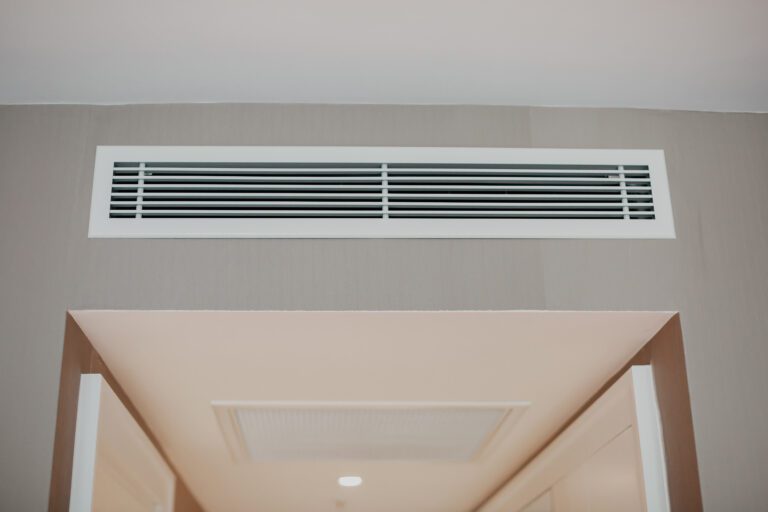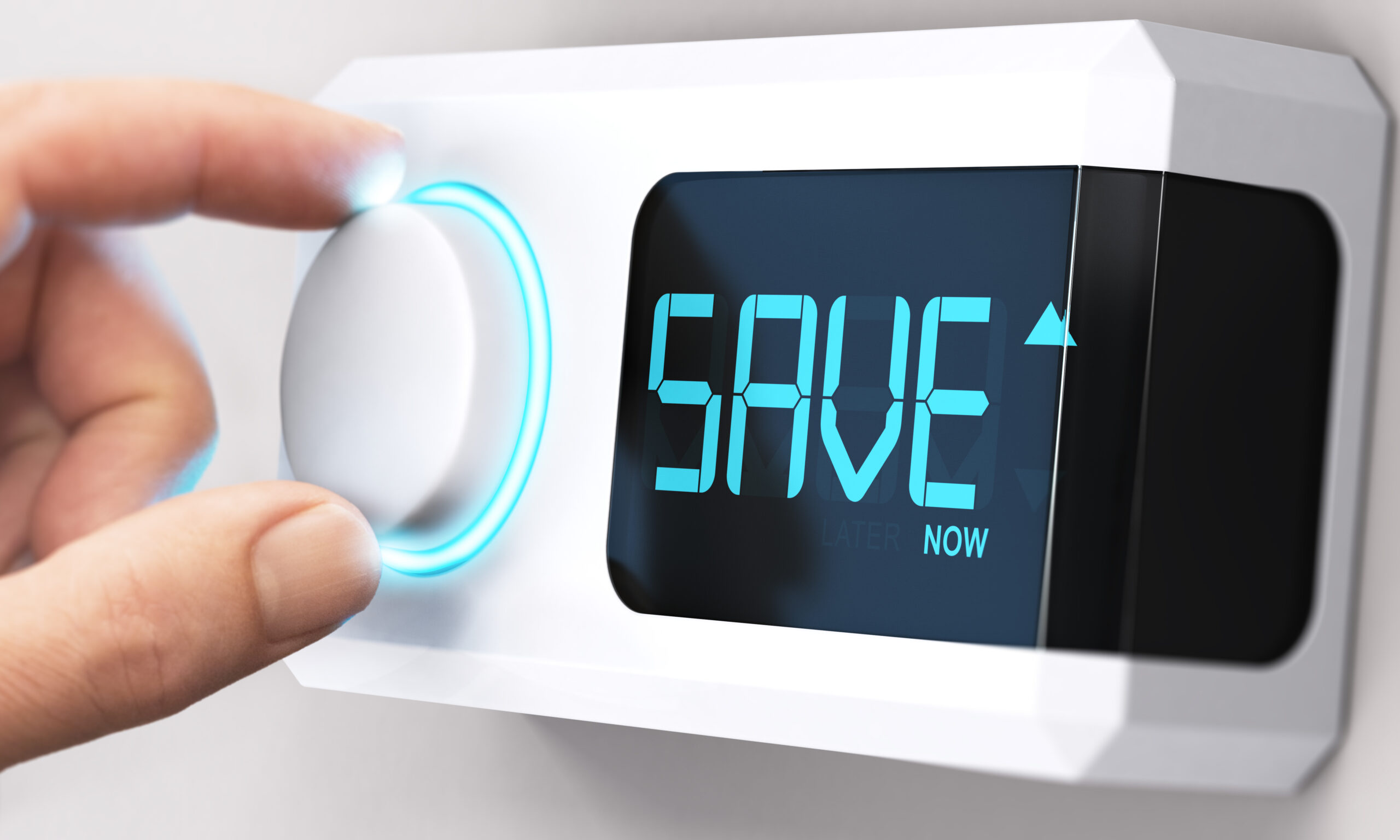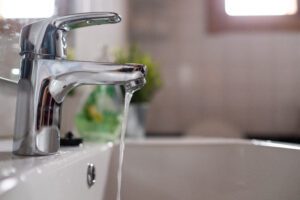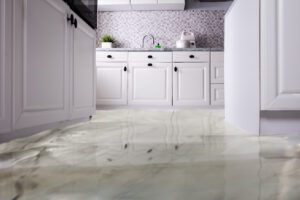We all want to save energy and reduce our carbon footprint. However, sometimes the advice we follow is based on outdated information, old wives’ tales or just misconceptions. Today, we’re setting the record straight on 10 energy-saving myths.
Turning Off Appliances Stops Energy Use
You’ve probably heard this one before. Switch off the device, and you’re golden, right? Wrong! Many devices still consume “phantom” power even when off. What can you do? Consider unplugging devices or using a power strip to combat this sneaky energy drain. Here’s a list of 10 items that will consume energy when left plugged in.
- Televisions
- Computers and Laptops
- Game Consoles
- Microwave Ovens
- Coffee Makers
- Printers
- Chargers
- Set-top Boxes and DVRs
- Stereo Systems and Radios
- Digital Clocks
Turn The Temp Way Down While Away – Then Crank it Up When You Get Home
Turning down the temperature of your home while you are away and then cranking it up upon your return can save energy, but with some caveats:
- Reduced Energy Usage During Absence: Lowering the thermostat setting when the house is unoccupied reduces energy consumption because the heating or cooling system doesn’t have to work as hard to maintain a set temperature in an empty house. This is particularly effective during longer periods of absence, like during work hours or a vacation.
- Efficient Recovery Time: Modern heating systems are generally efficient in reheating a home. The energy used to bring the temperature back up is often less than what would have been used to maintain a higher temperature during the absence. However, this can depend on the efficiency of your heating system, the insulation of your home, and the outside temperature.
- Smart Thermostats for Optimal Savings: Smart thermostats can optimize this process. They can be programmed to lower the temperature when you’re away and start reheating the house shortly before you return. This way, you come back to a comfortable home without having the heating system run unnecessarily while you’re away.
- Avoid Extreme Temperature Changes: It’s important not to lower the temperature too much, especially in very cold weather, as this could risk freezing pipes or causing other issues in the home. A moderate decrease (such as 7-10 degrees Fahrenheit lower than your usual setting) is typically recommended.
- Gradual Reheating: Cranking the temperature up very high upon return doesn’t necessarily heat the home faster, as most home heating systems deliver heat at a constant rate. It’s more energy-efficient to set the thermostat back to your normal comfort level.
LEDs Offer Poor Light Compared to Incandescent Bulbs
Think LEDs give off a weird light? Think again! Modern LEDs provide a range of colors and brightness, rivaling their incandescent counterparts but using a fraction of the energy.
On average, LED lights use significantly less energy compared to traditional incandescent bulbs. LEDs typically use about 75% to 80% less energy than incandescent bulbs.
To put this into perspective, a typical LED light bulb that produces the same amount of light as a 60-watt incandescent bulb only uses about 10 to 15 watts of energy. This drastic reduction in energy usage is one of the primary reasons why LEDs have become increasingly popular for both residential and commercial lighting.
In addition to using less energy, LED bulbs also have a longer lifespan, which further enhances their energy efficiency and cost-effectiveness over time.
They do cost more up front, however, the upfront cost of LED lights compared to traditional incandescent bulbs can vary widely based on factors like brand, quality, brightness (lumens), and special features (such as smart technology integration). On average, as of my last update in April 2023, you might expect the following:
- A standard LED light bulb typically costs about $1 to $8 per bulb.
- In contrast, a standard incandescent bulb usually costs about $0.50 to $2 per bulb.
These are general estimates and prices can vary. It’s important to note that while LED bulbs have a higher initial cost, their long-term savings in energy consumption and replacement costs often make them a more economical choice over time.
Ceiling Fans Cool Rooms
While ceiling fans circulate air, they don’t lower room temperatures. They cool people via process of evaporative cooling, not spaces. So, remember to turn them off when you leave the room.
Dishwashers Consume More Water Than Handwashing
Modern dishwashers are champions of efficiency. Often, they use less water and energy compared to hand washing. So, go ahead, give your hands a break and trust in your appliance.

Computers in Sleep Mode Drain Energy
Sleep mode is an great energy saver. It uses significantly less power than an active computer. Nevertheless, for extended inactivity, turning off is still the best option.
Closing Vents in Unused Rooms Saves Energy
This myth can backfire! It might strain your HVAC system. Instead, ensure proper insulation and air sealing for better results.

Solar Panels Don’t Work in Cold Climates
Light, not heat, powers solar panels. In fact, they might even work more efficiently in cooler conditions. So, don’t let clouds or cold deter you. However, do a comprehensive evaluation before purchasing solar panels. We’ve looked at them twice and listened to the sales pitch. In both cases, our monthly costs would have gone up if we took the “no cash” option did the loan. Even with the tax rebate, it was still more expensive – so Beware and dive deep into the numbers before you go solar.

Energy-Efficient Appliances Aren’t Worth the Cost
With energy-efficient appliances, you’re playing the long game. The initial cost often pays off with lower bills over time. The extent to which they do so depends on several factors:
- Energy Savings: Energy-efficient appliances consume less electricity or gas than their less efficient counterparts. This reduced energy consumption translates to lower utility bills, which can add up to significant savings over the lifespan of the appliance.
- Lifespan of the Appliance: Most energy-efficient appliances are designed to be durable and long-lasting. The longer the appliance lasts, the more you save in energy costs over time, offsetting the initial higher purchase price.
- Usage Patterns: The amount of energy savings also depends on how frequently the appliance is used. Appliances that are used more often, like refrigerators and HVAC systems, tend to offer quicker payback in terms of energy savings.
- Energy Prices: The cost of electricity or gas in your area affects how much you save. In regions with higher energy prices, the savings from using energy-efficient appliances will be more significant.
- Rebates and Incentives: Many governments and utility companies offer rebates, tax credits, or incentives for purchasing energy-efficient appliances, which can help offset the initial higher cost.
- Environmental Impact: While not a direct financial payback, using energy-efficient appliances reduces your carbon footprint, contributing to environmental conservation.
Small Leaks Don’t Waste Much
Those tiny drips? They add up. Whether it’s energy for heating or the water itself, addressing leaks can lead to significant savings.
Final Thoughts
In the journey of saving energy, being informed is half the battle. By debunking these energy-saving myths, we hope you’re better equipped to make smart choices for your home and our planet.




